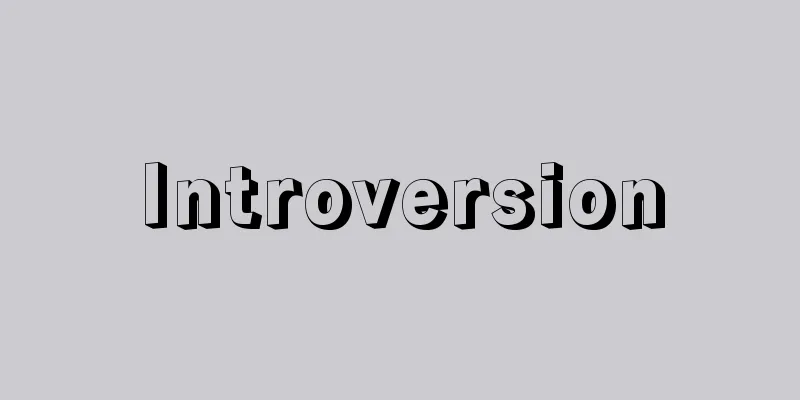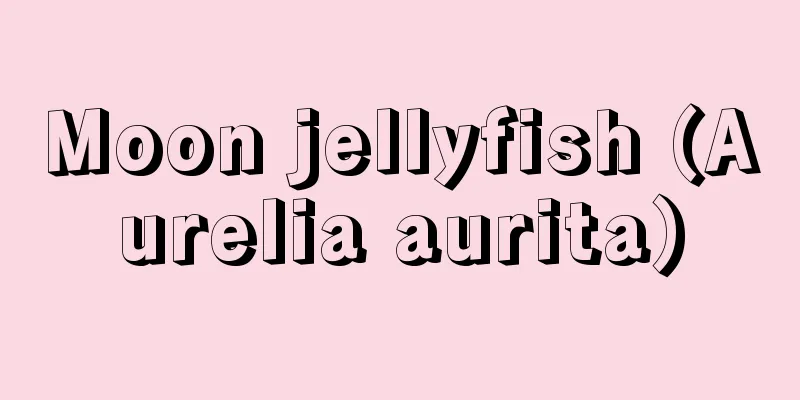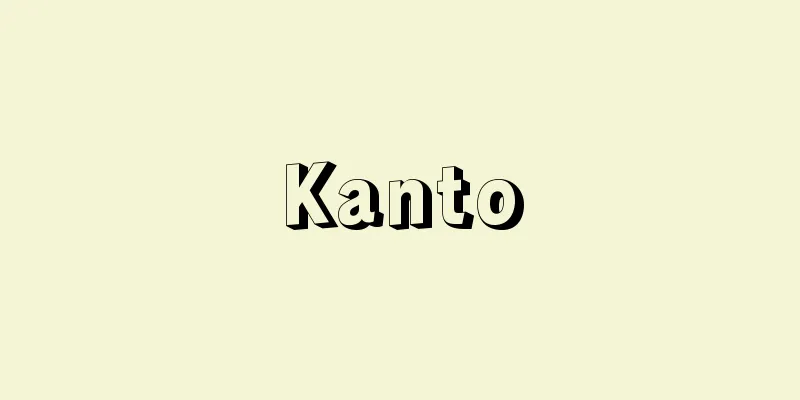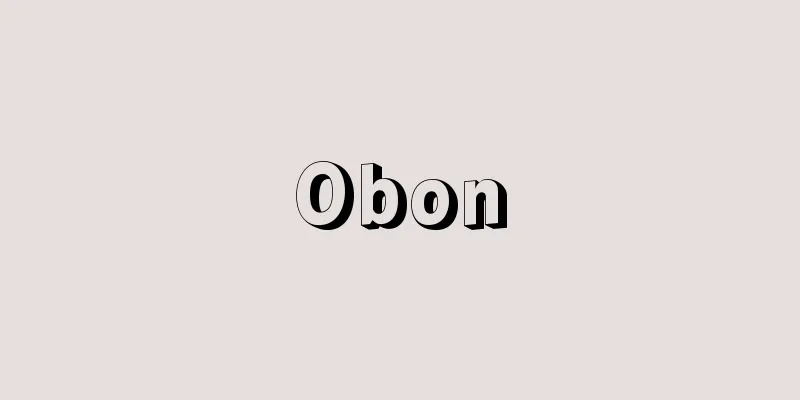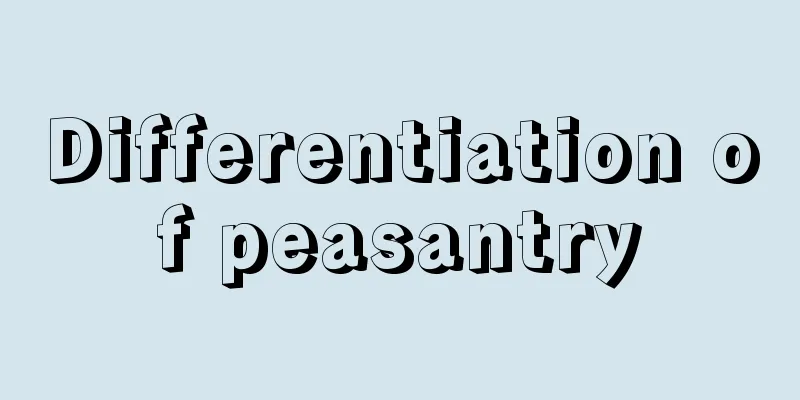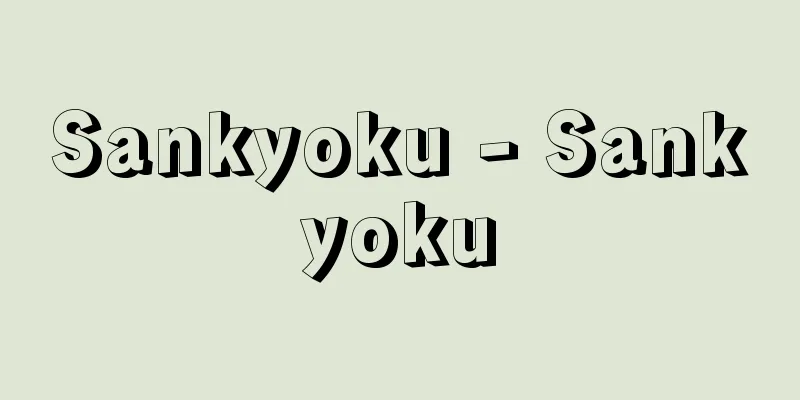Child Allowance - Jidouteate
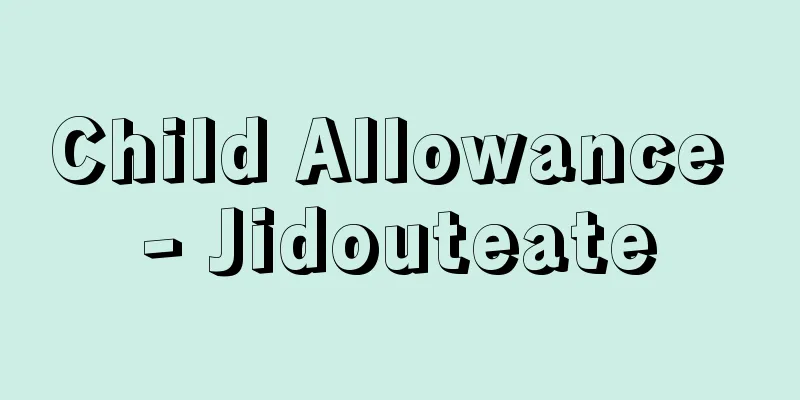
|
Based on the Child Allowance Act (Act No. 73 of 1971), this allowance is paid to families raising children. Its purpose is to contribute to the stability of family life and to the healthy upbringing and improvement of the qualities of children who will lead the next generation of society. The Child Allowance system differs from other social security systems and child allowance systems in other countries in three ways: (1) it is a single system that covers all citizens, (2) it is funded by employers, and (3) it is positioned as a general policy for the healthy upbringing of children. Although the need for child allowances had been pointed out since the 1940s, the establishment of a system was delayed due to the need to prioritize more urgent policies and the problem of overpopulation at the time. It was not until the 1960s that discussions on the concrete design of a system finally began, and the Child Allowance Act was enacted in 1971 (Showa 46). Initially, the allowance was paid to those who were caring for three or more children under the age of 18, including children who had not yet completed compulsory education, and who were in a certain financial relationship with them, with a monthly allowance of 5,000 yen (7,000 yen for those exempt from municipal income tax) for each child after the third child (gradual expansion from 3,000 yen per month). The income limit was set at around 2 million yen for a five-person household at the start. Since then, especially since the 1990s when the declining birthrate became an issue, the number of eligible children and ages has expanded, the amount of the allowance has been increased, the income limit has been strengthened and relaxed, and the cost burden ratio has been reviewed. In 1994, subsidies through the "Child Development Project", which provides various childcare support services and improves the conditions for healthy child development, were institutionalized. Finally, in 2007, the allowance was increased to 10,000 yen for children under 3 years old, 5,000 yen for the first and second children for children aged 3 years old or older who have not yet completed elementary school, and 10,000 yen for the third child and onwards (special allowance). The income limit was set at about 5.74 million yen for a couple and two children (about 6.46 million yen for company employees, etc.). The government (then the Democratic Party) that was formed in 2009 by a change of government implemented the "child allowance" that was a campaign promise in April 2010, which provided a monthly allowance of 13,000 yen for children aged 0 to 15 years old, without income restrictions, from the end of the first fiscal year in which the child reaches that age. This resulted in the abolition of the child allowance. After that, from October 2011 to March 2012, the allowance was increased to 15,000 yen per month for children under 3 years old and those up to elementary school age, and 10,000 yen per month for children aged 3 to the second child in elementary school and junior high school students. However, in order to prioritize securing funds for the reconstruction efforts following the Great East Japan Earthquake, child allowances were abolished in March 2012. Following the abolition of the child allowance, the "Law Partially Amending the Child Allowance Law" came into force in April 2012, and a new child allowance system was launched. The recipients are children who have a residence in Japan until the completion of junior high school. The recipients are parents who meet the custody and livelihood requirements, and for children in child welfare institutions, the founders of the institutions are the recipients. In addition, income restrictions are set for recipients (income restrictions will be applied from June of the same year). The monthly allowance is 15,000 yen for children under the age of 3, 10,000 yen for the first and second child from age 3 until the completion of elementary school, 15,000 yen for the third child and onwards, and 10,000 yen for junior high school students. The income limit is 9.6 million yen on an annual income basis for a couple with two children. However, as a special benefit for the time being, a flat rate of 5,000 yen is paid to children above the income limit. Childcare fees can be collected directly, and school lunch fees etc. can be paid from allowances with the individual's consent (both are implemented at the discretion of the local government). [Takashi Nakamura September 19, 2017] "Explanation of the Child Allowance Law" edited by the Child Allowance System Study Group, 5th edition (2013, Chuohoki Publishing) [Reference] | |Source: Shogakukan Encyclopedia Nipponica About Encyclopedia Nipponica Information | Legend |
|
児童手当法(昭和46年法律第73号)に基づいて、児童を養育している家庭に支給される手当。家庭における生活の安定に寄与し、次代の社会を担う児童の健全な育成および資質の向上に資することを目的としている。児童手当制度は、他の社会保障制度や他国の児童手当制度と異なり、(1)全国民を対象にした単一の制度、(2)事業主拠出金の導入、(3)一般児童健全育成施策としての位置づけ、という三つの特徴をもっている。 1940年代から児童手当の必要性が指摘されていたものの、当時はより緊急性の高い施策を優先せざるをえない事情や人口過剰が問題となっていたことから制度化は遅れ、1960年代に入ってようやく具体的な制度設計の議論が始まり、1971年(昭和46)に児童手当法は成立した。 当初は義務教育修了前の児童を含む18歳未満の児童3人以上を監護し、かつこれと一定の生計関係にある者に対して、第3子以降の児童1人につき月額5000円(市町村民税所得割非課税者の場合には7000円)の手当が支給されていた(月額3000円からの段階的拡大)。また所得制限は5人世帯で200万円程度と設定されてスタートした。その後はとくに少子化が問題になる1990年代以降、支給対象児童および年齢が拡大し、支給額は増額、所得制限の強化・緩和、費用負担割合の見直しなどが継続的に行われている。1994年(平成6)には、各種の育児支援サービスや児童の健全育成のための条件整備を行う「児童育成事業」による助成が制度化された。 2007年(平成19)にはようやく3歳未満の支給額が一律1万円、3歳以上小学校修了前の児童は第1子・第2子が5000円、第3子以降が1万円になり(特例給付)、所得制限限度額は夫婦と児童2人世帯の場合、574万円程度(会社員等は646万円程度)となった。2009年に政権交代によって誕生した政府(当時の民主党)は、選挙公約であった「子ども手当」を2010年4月から実施し、これにより月額1万3000円を、0歳以上15歳に達する最初の年度末まで、所得制限なく支給することとなった。これにより児童手当は廃止された。その後子ども手当は、翌2011年10月から2012年3月までは3歳未満と小学生までの第3子以降が月額1万5000円、3歳から小学生の第2子までと中学生は月額1万円が支給されることになった。しかし、東日本大震災の復興財源の確保を優先するため、2012年3月で子ども手当は廃止されることとなった。 子ども手当の廃止に伴い、2012年4月「児童手当法の一部を改正する法律」が施行され、新たな児童手当制度が始まった。支給対象は中学校修了までの国内に住所のある児童。受給資格者は監護生計要件を満たす父母などで、児童養護施設に入所している児童については、施設の設置者等が受給資格者となる。また、受給対象には所得制限が設けられる(所得制限は同年6月分から適用)。支給額(月額)は、3歳未満が一律1万5000円、3歳~小学校修了までは第1子、第2子が1万円、第3子以降が1万5000円、中学生は一律1万円。所得制限限度額は夫婦と児童2人の場合、年収ベースで960万円。ただし当分の間の特例給付として、所得制限以上の児童にも一律5000円が支給される。なお、保育料は直接徴収が可能で、学校給食費等は本人の同意により手当から納付することが可能である(いずれも自治体の判断により実施)。 [中村強士 2017年9月19日] 『児童手当制度研究会監修『児童手当法の解説』5訂版(2013・中央法規出版)』 [参照項目] | |出典 小学館 日本大百科全書(ニッポニカ)日本大百科全書(ニッポニカ)について 情報 | 凡例 |
Recommend
Reform Judaism - Reform Judaism
…Jewish Enlightenment thinkers, who regarded M. M...
calabash-curare (English spelling) calabashcurare
…Other plant species, such as Chondrodendron , Ab...
Aiya
〘Name〙 = Aizomeya (indigo dyer) *Yongshufushi (168...
Cleansing
A town in the north of Eritrea. It is located on a...
Entremetier - Entremetie
…The saucier is responsible for all meat dishes a...
Hypermenorrhea
[What kind of disease is it?] The normal amount of...
The Ministry of the Interior - Nei-wu-fu (English spelling)
An office in charge of imperial affairs in the Qin...
Return to blue
A blue cobalt pigment used in blue and white dyein...
Blink comparator - Tenmetsukoparator (English)
Also known as a blink comparator, this device dete...
Toland, John Willard
Born June 29, 1912 in LaCrosse, Wisconsin [Died] J...
Friedrich, J.
…Hittite was discovered to be a branch of the Ind...
Inomotosou - Inomotosou
An evergreen fern of the Pterocallidaceae family....
De Tham (English spelling)
?-1913 A national hero who resisted the invasion o...
Reburial - Kaisoka
...Others were granted by application. According ...
Terra Sigillata (English spelling)
Although it is a term referring to a field of pott...
